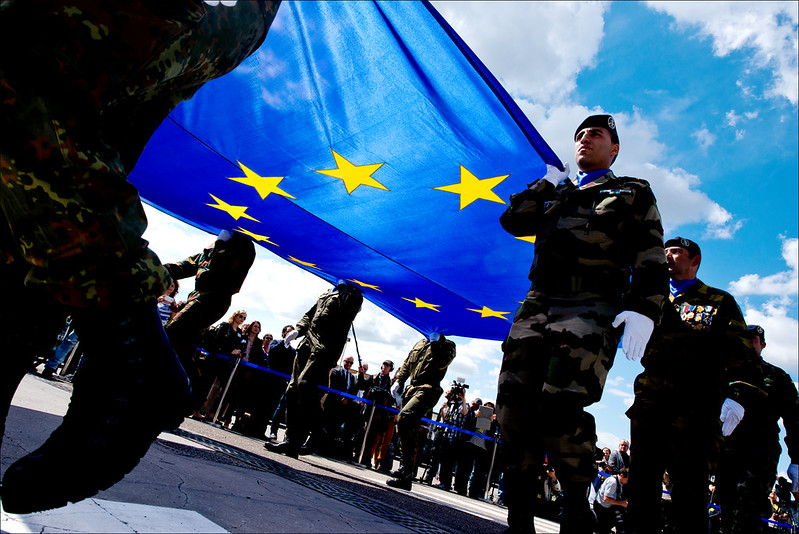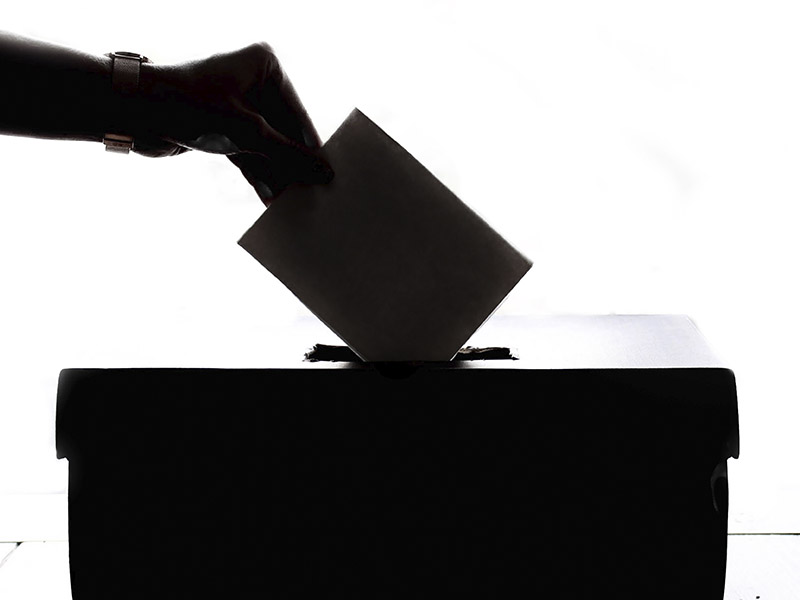The idea of a sovereign European army is as old as the founding of the European integration project itself. In 1952, the Founding Six members of the European Coal and Steel Community signed a treaty to establish the European Defence Community (EDC). However, the French parliament ultimately failed to ratify the treaty and the EDC was shelved for the duration of the Cold War.
As the EU deepened integration in the 1990s, the idea of centralized defence was revived, but faced serious opposition from the US because it seemed an unnecessary and unwise duplication of NATO defence efforts. Several times more discussions came to the fore, but it became commonplace to view NATO as the projection of European and transatlantic hard power, while the EU branded itself as a beacon of European soft power. However, the Union has been taking incremental steps towards better integrating the continent’s security. In 2004, the European Defence Agency (EDA) was created to improve member states’ defence capabilities alongside the the EU’s diplomatic body, the European External Action Service, together forming the Common Foreign and Security Policy (CFSP) framework.
Fast forward to 2025 and the idea of a European army is not so far-fetched. War has returned to Europe with Russia’s full-scale invasion of Ukraine and US President Donald Trump has been sowing doubt on the US’s commitment to NATO and to the cohesiveness of the transatlantic alliance. The European Union finds itself asking the European defence question again, but this time, much more seriously.
European Commission President Ursula von der Leyen has said that Europe had entered an unprecedented new geopolitical era and must “unleash our industrial and productive power and direct it to the goal of security.” She presented ReArm Europe: a plan to raise EUR 800 billion to help pool together European security production and spending, and fast. Given these new developments in threat assessment and rearmament, has the time finally come for a truly European defence force?
Until now, the idea of a truly European army has been sidelined to think tank reports. Several key challenges have been cited as obstacles to a European army. First is the fragmented nature of national militaries in Europe. Defence experts have long explained that merging national forces is impossible because they each have their own proud military history and traditions. National militaries embody national independence and sovereignty in a confederation such as the EU.
Second, a new European defence industrial base would be needed to address the fragmented nature of procurement, weapons standards, and manufacturing. Currently, EU treaties state that national governments take responsibility for defence industrial and market policies. European armies, who currently buy from abroad, use a wide range of equipment made using different standards and thus miss out on cost and time savings from scaling up procurement and maintenance at home. Taking advantage of the single European market would be a logical step to take, and one already in the works: the European Defence Industrial Strategy (EDIS) aims to improve “the responsiveness of the European defence industry” by increasing common European funding.
A third challenge is the fiscal. According to a recent report by economic policy think tank Bruegel, defence spending in the EU would need to increase to 3.5% across the board. Europe could need 300,000 more troops and an annual defence spending hike of at least €250 billion in the short term to deter Russian aggression. A common budget for defence is currently not permitted by the EU treaties, but the most recent defence package looks to make the best possible use of the EU budget instruments in the short term. While NATO has been a supporter of defence innovation, such as through the DIANA program, the transatlantic alliance currently lacks financial instruments to encourage allies to increase defence production or procure equipment together.
Finally, varying views on threats such as China and Russia could politically make defence integration challenging, because the body needs unilateral approval to act collectively on foreign and security matters in the Common Security and Defence Policy (CSDP) and the broader Common Foreign and Security Policy (CFSP). Among the fiscal and logistical challenges, the political challenge may yet present the biggest block. One potential solution could be a long-awaited move to Qualified Majority Voting (QMV) for the European Union to act.
Given the outlined political challenges, could the EU strengthen its defences through its individual Member States alone? While nationally increasing defence spending and personnel may, as some argue, be more practical, it would make interoperability and deployability rather weak. Experts have long, and perhaps correctly, warned that NATO efforts should not be duplicated. But if the EU cannot find a reliable partner in the US, where does that leave it? For true strategic autonomy, a European army may be necessary.
The moment to centralize an EU approach to its own defence has arrived. In the long term, it would cut costs, increase interoperability, and provide the EU with true strategic sovereignty from the US while still leaving room for a strong partnership with North America. A stronger, more unified European defence force could more cohesively and more effectively contribute to North Atlantic security. Whether that means the formation of a truly European army is yet to be seen; nevertheless, we are presented with a prime opportunity to begin the long but rewarding process of collectivizing the continent’s defence once and for all.
Photo: Soldiers carrying the EU flag in front of European Parliament (2014) via Flickr. Licensed under CC by European Union 2014 – European Parliament.
Disclaimer: Any views or opinions expressed in articles are solely those of the author and do not necessarily represent the views of the NATO Association of Canada.




